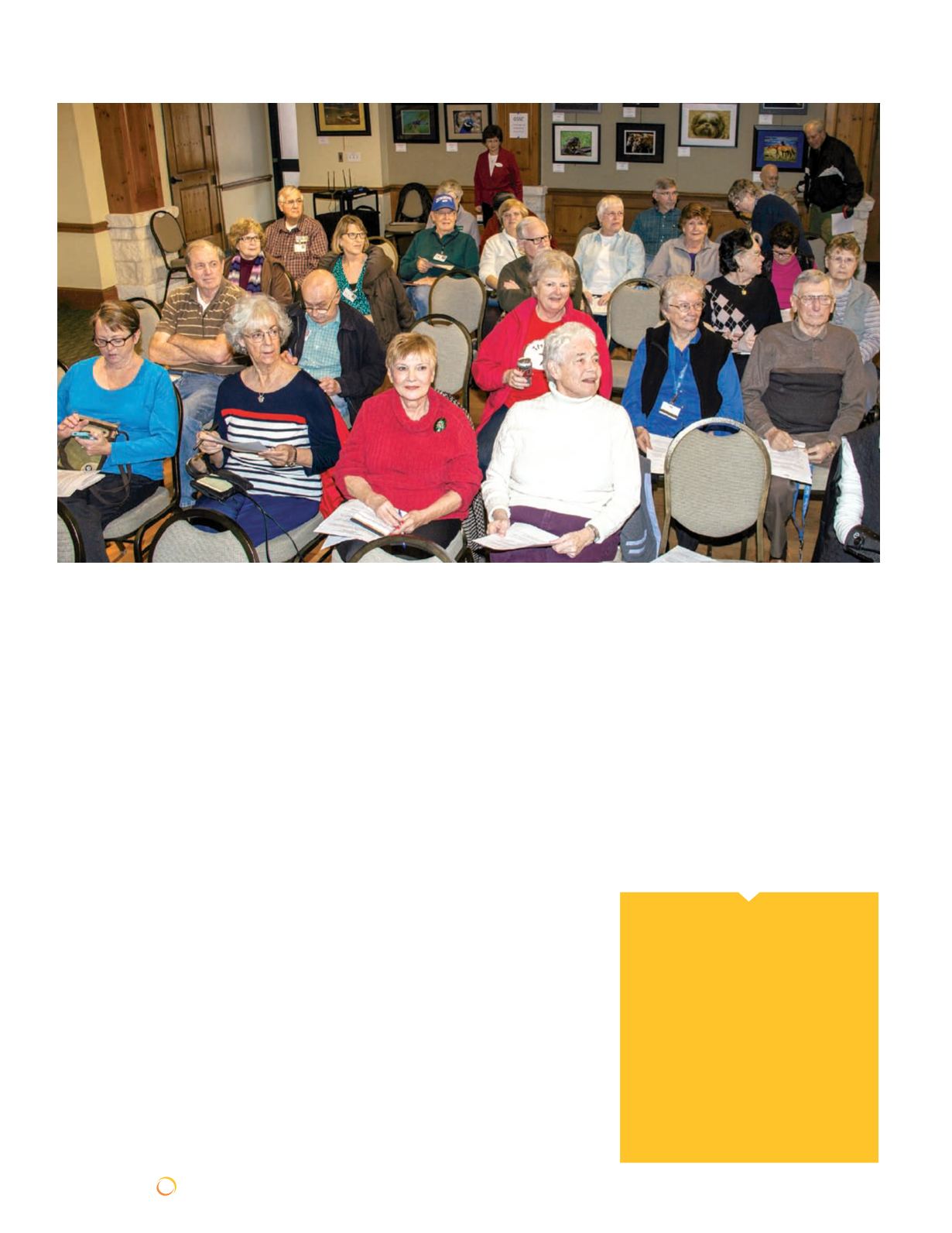
58
| SUNRAYS MARCH 2015
ONLINE:
SCTEXAS.ORG
The cousin provided her with the names
of their common ancestors and how she
is descended from them. When Sarah
announced her good fortune in being
contacted because of her website, someone
asked about the site. Sarah published its
link, and soon thereafter, another person
accessed her “Help Solve Mysteries”
section with information on a similar
story in her husband’s family.
Recently, advances inmedical technology
have made tracing one’s genetic heritage
as easy moistening a cotton swab with
saliva, allowing descendants to take a
break from the traditional paper trail
and consider a biology-based look at their
ancestry. There are three types of DNA
tests available for use in genealogical
research: Y-DNA, autosomal, and
mitochondrial. The Y-DNA test follows
the direct paternal line. Because only
men carry the Y chromosome, women
are not included in this test. Autosomal
testing looks at a mixture of both
maternal and paternal DNA, and is
unique to each person. Though this test
is available to both men and women, the
challenge is to determine whether an
individual’s genetic profile matches to
someone in the maternal or the paternal
line. The third type of test, mitochondrial,
traces direct maternal lineage. This line
consists entirely of women, although both
men and women have their mother’s
mtDNA. A challenge with this test is
that the female’s surname changes with
each marriage, though it can provide
researchers with a very robust ancestral
picture when coupled with traditional
document research.
Although Betty Fowler’s DNA test
results were completed in July 2012,
one of her biggest thrills came in April
of 2013, when she received an email
from a woman who had just received the
results of her own test. A comparison of
their genealogy research pointed them
to a common ancestor, their great
grandfather. When Betty mentioned
through email exchanges that she had
only one very faded photo of this ancestor,
she received digital copies of two photos
she would never have seen otherwise. “We
never know who might have inherited
a family Bible or photos, or who might
have information that would further our
research,” Betty says, “and DNA testing
for genealogy continues to provide new
opportunities as more and more people
are testing.”
In addition to the monthly Genealogy SIG meetings, there are three support group meetings each month (see sidebar,
below) offering help to anyone with an interest in studying their ancestry.
Continued from the previous page
Genealogy SIG Meetings
3rd Thursday / Atrium / 10 a.m.
Support Group Meetings
Family Tree Maker Support
4th Tuesday / Annex / 10 a.m.
Legacy Support
1st Wednesday / Annex / 10 a.m.
DNA Support
2nd Wednesday / Annex
9 a.m. (people new to DNA)
10 a.m. (people who have tested)
PHOTO BY PHOTO PHIL


